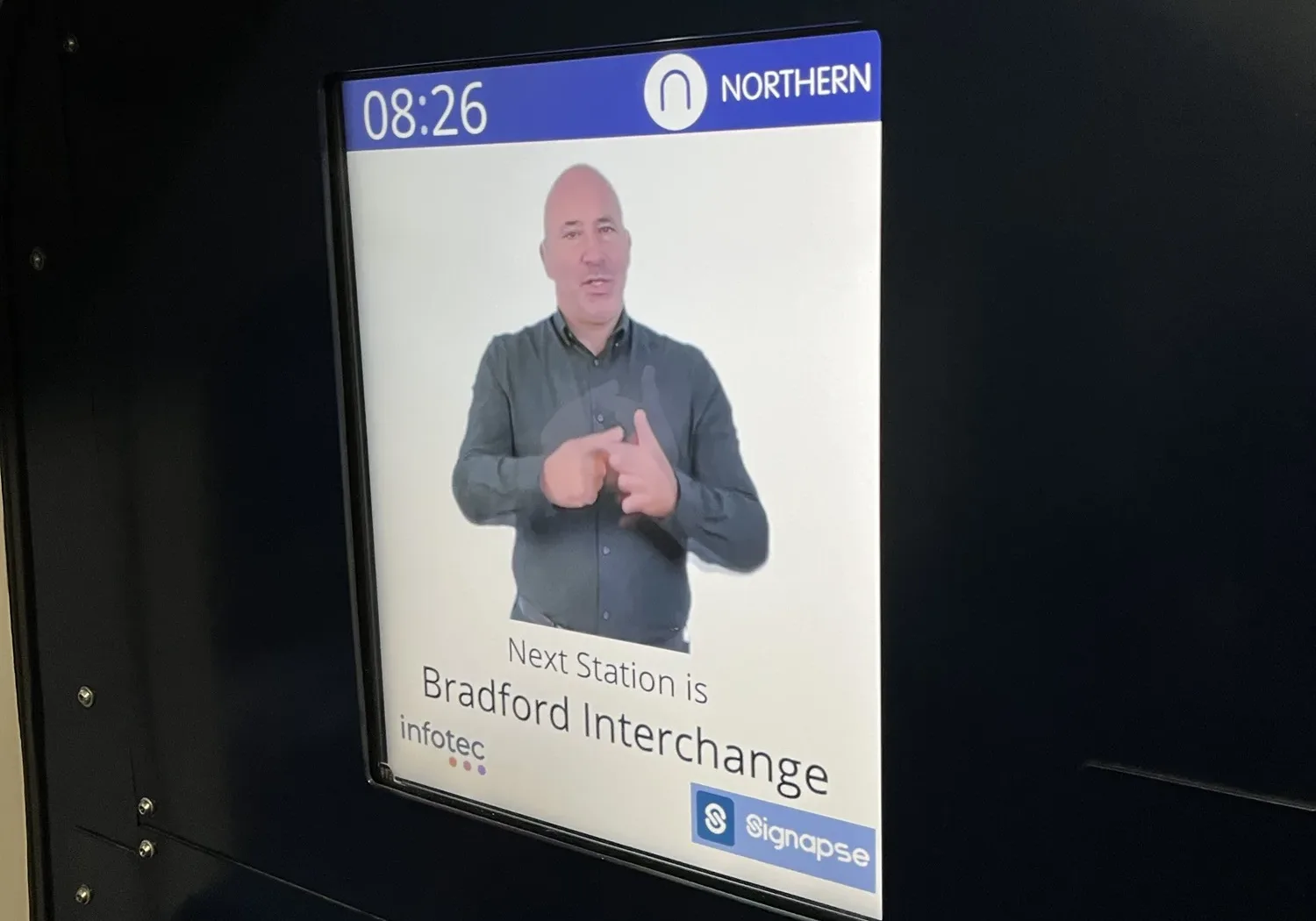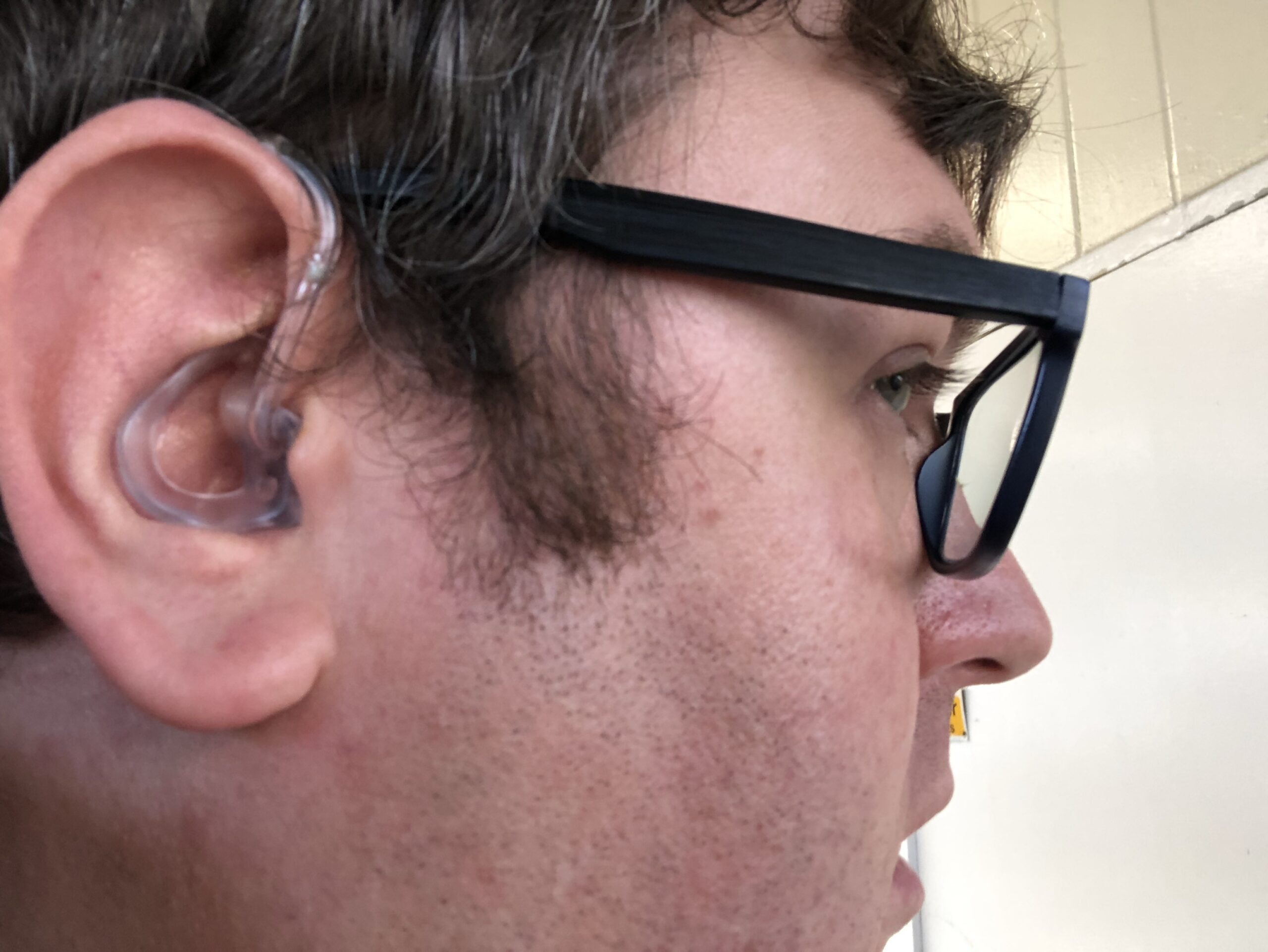Northern Rail has started playing videos with announcements in British Sign Language on some of its trains. It’s a trial at present, and I happened to see one last week.
This is in addition to the existing text-based and audio announcements, and is designed to increase the accessibility of the railways for people with disabilities. Elsewhere in the north, Transpennine Express is rolling out BSL screens at stations.
When I shared this photo on Facebook, it got the usual likes and hearts from friends. But, predictably, there were some comments on the lines of ‘can’t they just read?’. And, recently, over at X/Twitter, its overly impulsive edgelord owner recently asked the same question in a tweet.
I too would have probably asked the same question until recently. However, over Christmas, I read Samantha Baines’ brilliant book ‘Living with Hearing Loss and Deafness’ (sponsored link). Baines’ book helpfully explains that British Sign Language is, well, a language – and it’s distinct from English. Furthermore, some deaf people who have always been deaf will have BSL as their first language and English as their second. If you ever go abroad, to France for example, and have to constantly translate signs into English, it can get tiring after a while. Now imagine that your first language is sign language, and you have to translate written English into the signs that you have learned, all the time.
So that’s why making BSL more widespread in Britain is important. Indeed, it is now a legally-recognised language in England, Wales and Scotland. That means BSL has the same status as British English, Welsh and Scots Gaelic.
As someone who wears hearing aids, learning British Sign Language is something that I plan to do in time. This is because my hearing could continue to deteriorate to the point where hearing aids can’t compensate. Being able to understand BSL may still allow me to communicate with some people should that happen. So whilst these BSL announcements won’t necessarily help me, they will hopefully make trains more accessible for BSL users.


